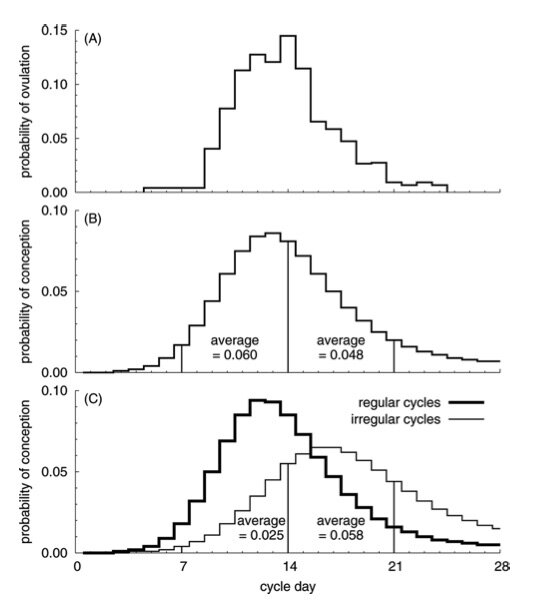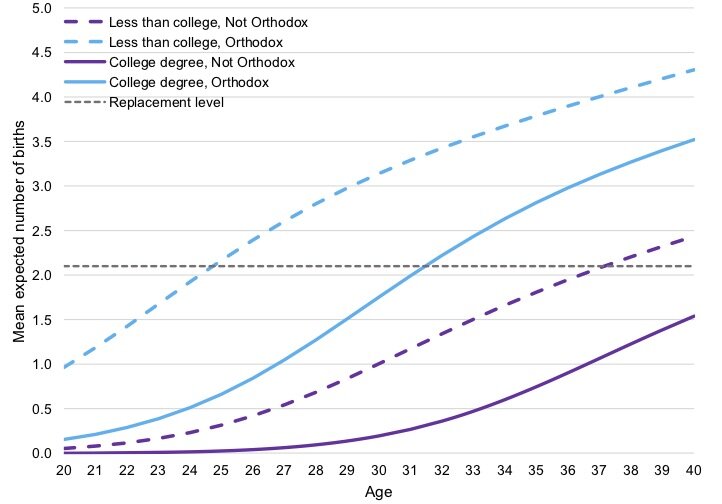סוטה מ, א
בזמן ששליח צבור אומר מודים העם מה הם אומרים אמר רב מודים אנחנו לך ה' אלהינו על שאנו מודים לך
When the chazzan says Modim, what does the congregation say? Rav said “we are grateful for the fact that that we are able to give thanks” (Sotah 40a)
Detail of cover from Thanks! How the new science of gratitude can maker you happier. By Robert Emmons. Houghton Mifflin Harcourt, 2007.
Much has been written in the social sciences about the effects of gratitude on a person’s physical and mental health. In the page of Talmud that we are studying today, Rav expressed a rather odd idea- that of all the things for which one could be grateful, the simple ability to be grateful was the most important of all. Let’s turn to some of that scientific literature and evaluate Rav’s statement.
Gratitude Journals
In a review of the psychotherapeutic effects of gratitude, Robert Emmons from UC Davis and Robin Stern from the Center for Emotional Intelligence at Yale suggest that gratitude involves (a) affirming the “good things” in one’s life and (b) the recognition that the sources of this goodness lie at least partially outside the self. They note that in experimental studies, persons who were randomly assigned to keep gratitude journals on a weekly basis exercised more regularly, reported fewer physical symptoms, felt better about their lives as a whole, and were more optimistic about the upcoming week compared with those who "recorded hassles or neutral life events.” Rather than focus on complaints, they wrote, “an effective strategy for producing reliably higher levels of pleasant affect is to lead people to reflect, on a daily basis, on those aspects of their lives for which they are grateful.” The authors believe that gratitude is an effective psychotherapeutic intervention, which may "spontaneously catalyze the healing process.”
“Clinical trials indicate that the practice of gratitude can have dramatic and lasting positive effects in a person’s life. It can lower blood pressure, improve immune function, promote happiness and well-being, and spur acts of helpfulness, generosity, and cooperation. ”
Letters of Gratitude
Keeping a record of things for which you are grateful seems to have psychological benefits. So does expressing that gratitude to others. Researchers from Kent State University studied the effects of writing letters of gratitude on three qualities of well-being: happiness, life satisfaction and depression. They followed 219 people who agreed to write letters of gratitude for three weeks. “Participants were…instructed to write non-trivial letters of gratitude to an individual to express appreciation for them. Participants were asked to be reflective, write expressively, and compose letters from a positive orientation while avoiding ‘‘thank you notes’’ for material gifts. The researchers reviewed the letters “to insure the basic guidelines were followed”, and found that those in the letter-writing group had a significant improvement in their levels of happiness, which included feelings of gladness, satisfaction and fulfillment. Compared to the non-writers, the letter writing group also showed and increased life satisfaction.
“Gratitude appears to be a powerful and preexisting resource that when utilized can produce positive effects upon well-being.”
Finally, those in the writing group showed significant decreases in symptoms of depression over time, compared to non-writers. The authors concluded that “…writing letters of gratitude may have potential for alleviating depressive symptoms prior to more severe clinical depression. Further investigation is required before such claims can be made but the results are promising.” The study was published in the Journal of Happiness Studies. (Perhaps a subscription to this delightfully titled journal would make a good antidote to news in the papers lately.)
Effect of writing letters of gratitude - means for experimental and control groups on well-being variables and depressive symptoms. From Toepfer et al. Letters of Gratitude: Further Evidence for Author Benefits. J Happiness Stud (2012) 13:187–20.
If you are looking for an entire book of the psychology of gratitude and appreciation, then you might consider reading Gratitude and the Good Life by Philip Watkins. In his review of the health benefits of gratitude, Watkins notes that “grateful people tend to be religious people.” Watkins emphasizes that religiosity is not a requirement for gratitude, and that there are many non-religious people who are very grateful. Nevertheless, “a number of religious variables show moderate to strong correlations with trait gratitude.” Which leads us to...
Gratitude to God
While there are health benefits to anyone who expresses gratitude, one study looked at the effects of expressing that gratitude to God, rather than to a person, in a paper published in the Journal for the Scientific Study of Religion. There were four authors: two from the University of Michigan and two from the Research Services arm of the Presbyterian Church. (Interestingly no conflict of interest was declared by any of the authors. Should being a member of a Church count as a conflict?) The authors of the paper, Gratitude to God, Self-Rated Health, and Depressive Symptoms, analyzed data from the US Congregational Life Survey and wrote:
There are three reasons why feelings of gratitude to God may affect physical and mental health. First… gratitude is a positive emotion that arises from the pleasant feelings that are associated with receiving a benefit. Viewing gratitude as a positive emotion is important because a rapidly growing body of research indicates that positive emotions are associated with a range of beneficial physiological effects, including a lower heart rate, lower blood pressure, and improved immune functioning… Second, research… reveals that positive emotions, such as gratitude, are associated with the adoption of a range of beneficial health behaviors, including exercise and medication compliance…Third, research…indicates that people who feel more grateful to God are able to cope more effectively with the deleterious effects of stress....Consistent with earlier research, the results indicate that individuals who feel more grateful to God are more likely to rate their health in a favorable manner…and they are less likely to experience symptoms of depression.
The authorship of מודים דרבנן - A meditation on Gratitude
Today’s page of Talmud cites five different versions of what should be said when the chazzan recites the Modim prayer in the repition of the Amidah. Here they are:
סוטה מ, א
אמר רב מודים אנחנו לך ה' אלהינו על שאנו מודים לך
ושמואל אמר אלהי כל בשר על שאנו מודים לך
רבי סימאי אומר יוצרנו יוצר בראשית על שאנו מודים לך
נהרדעי אמרי משמיה דרבי סימאי ברכות והודאות לשמך הגדול על שהחייתנו וקיימתנו על שאנו מודים לך
רב אחא בר יעקב מסיים בה הכי כן תחיינו ותחננו ותקבצנו ותאסוף גליותינו לחצרות קדשך לשמור חוקיך ולעשות רצונך בלבב שלם על שאנו מודים לך
Rav: We are grateful to you Lord our God, for the fact that that we are able to give you thanks.
Shmuel: The God of all flesh, for the fact that we are able to give you thanks.
Rav Simai: Our creator, and the one who formed creation, for the fact that we are able to give you thanks.
The Nehardeans say in the name of Rav Simai: Blessings and praises to your great name for your having given us life and sustained us, and for the fact that we are able to give you thanks.
Rav Acha bar Yaakov: So may you continue to keep us alive and find favor in us and may you bring us together and gather our exiles to the courtyards of your sanctuary to observe your decrees and to do your will with a whole heart, for the fact that we are able to give you thanks.
Unable to decide between them, (and not wanting to hurt anyone's feelings,) Rav Pappa ruled that all should be said, (אמר רב פפא הילכך נימרינהו לכולהו) which is what is done to this day. And this is one explanation of why this prayer is called מודים דרבנן - it is a prayer of thanks of several rabbis.
As you no doubt will have noted, the one common thread in the five versions is that they all end with the phrase “for the fact that we are able to give you thanks.” As we have seen, evidence from the social sciences suggests that there are numerous health benefits associated with expressing gratitude. Perhaps then, acknowledging the ability to express gratitude is acknowledging that on top of everything else, we are thankful for a way of improving our well-being. Expressing gratitude isn’t just a good idea; it might also improve your mental and physical health. That sounds like something worth doing twice a day.
“I would maintain that thanks are the highest form of thought; and that gratitude is happiness doubled by wonder.”











